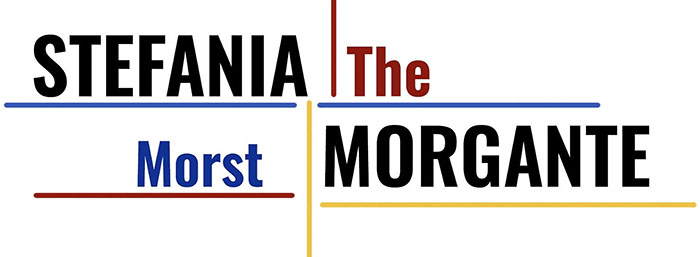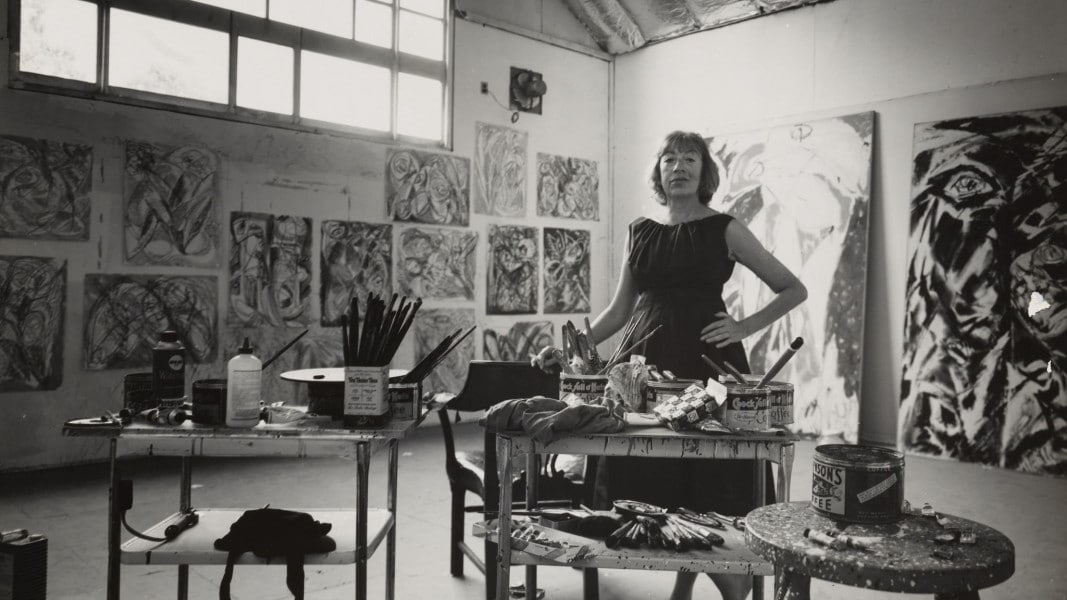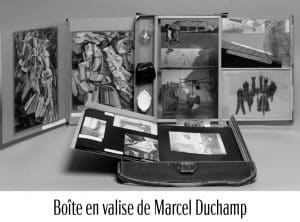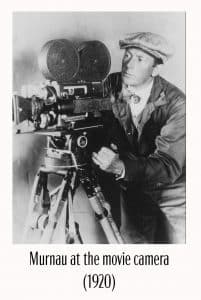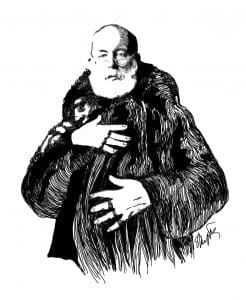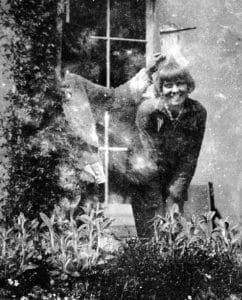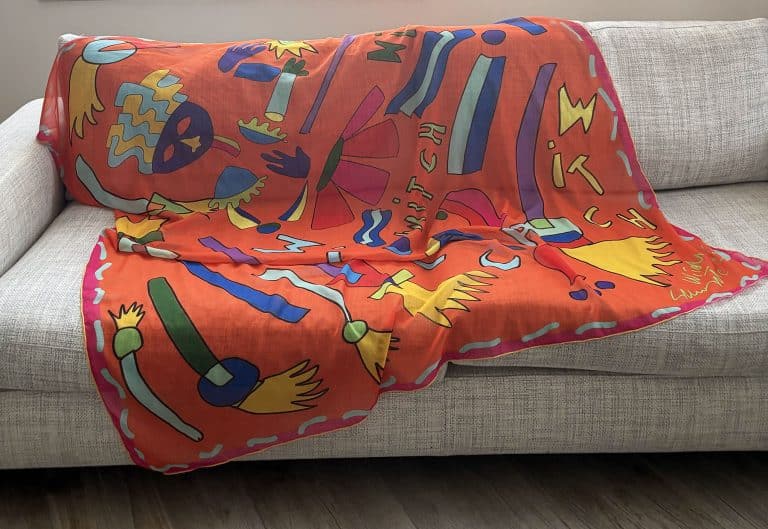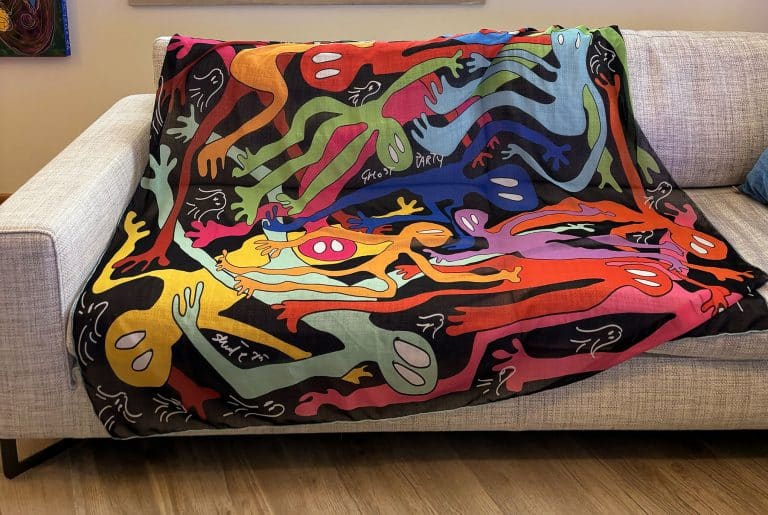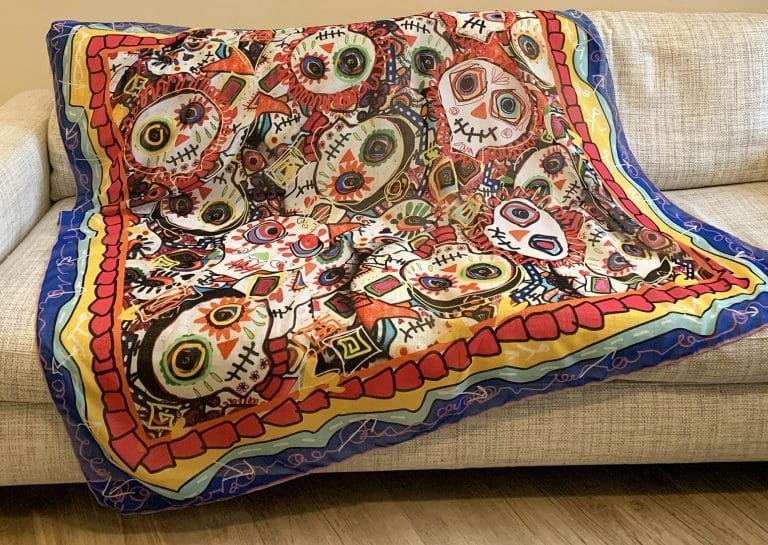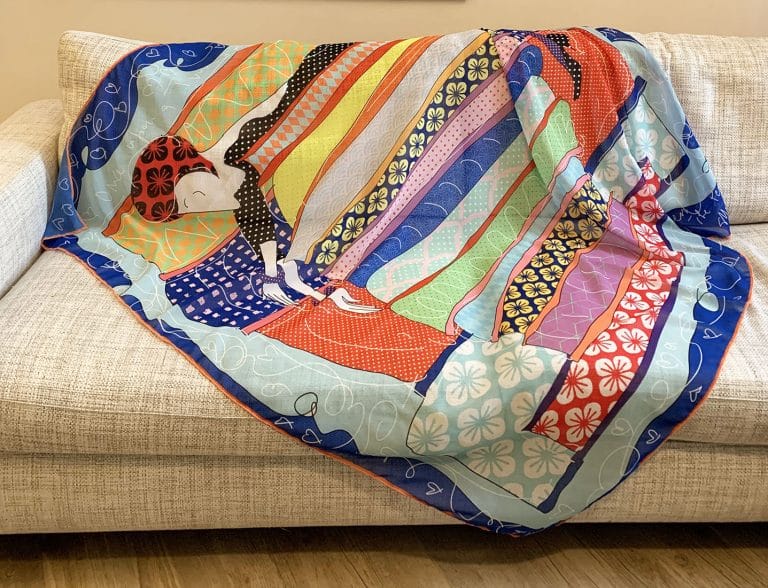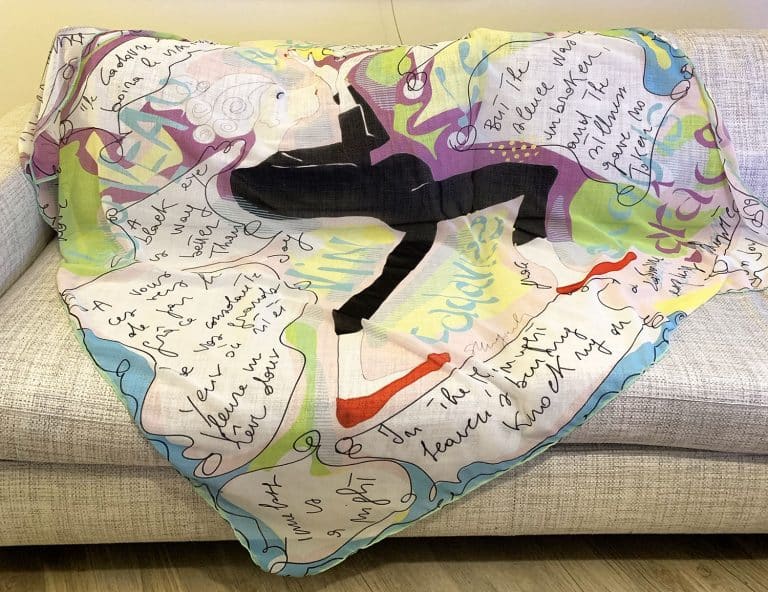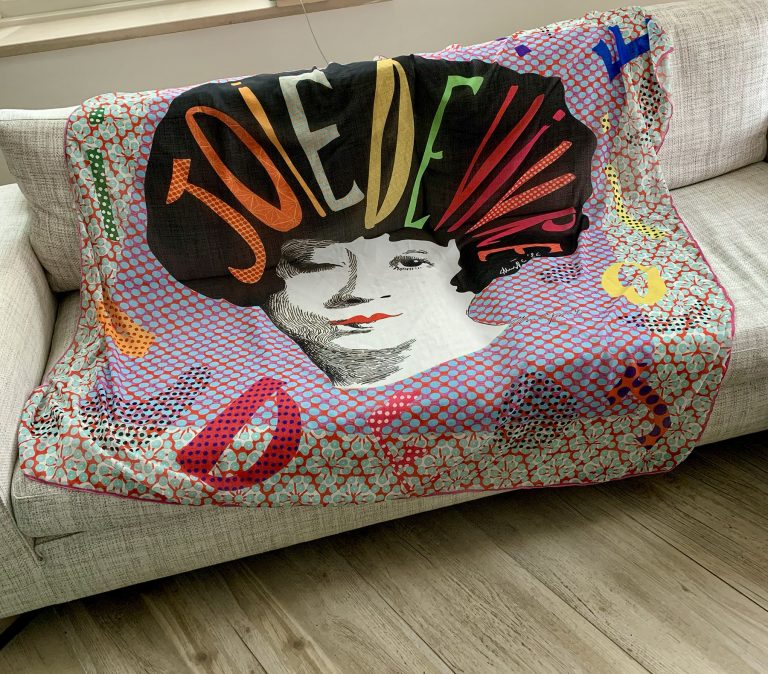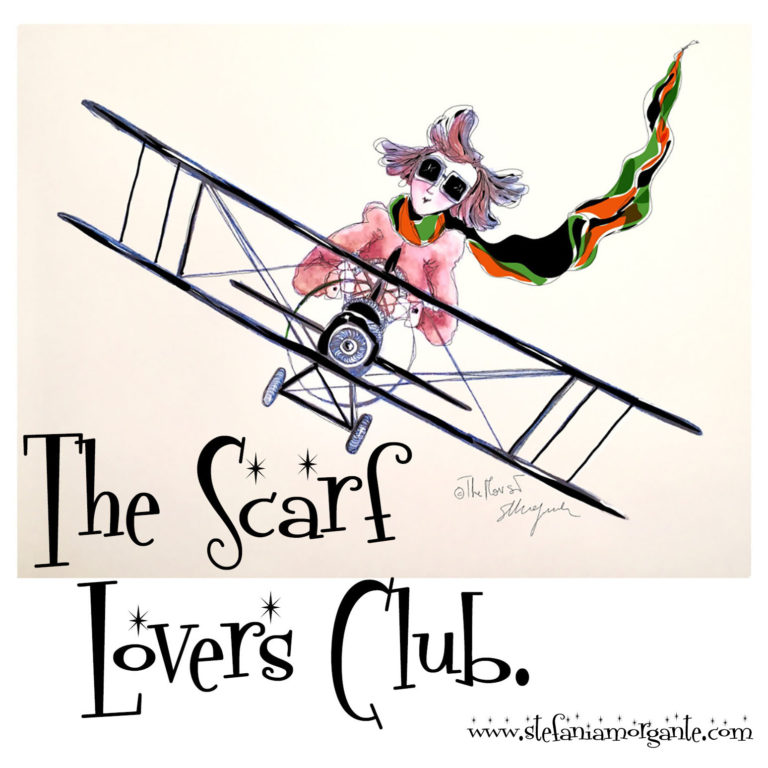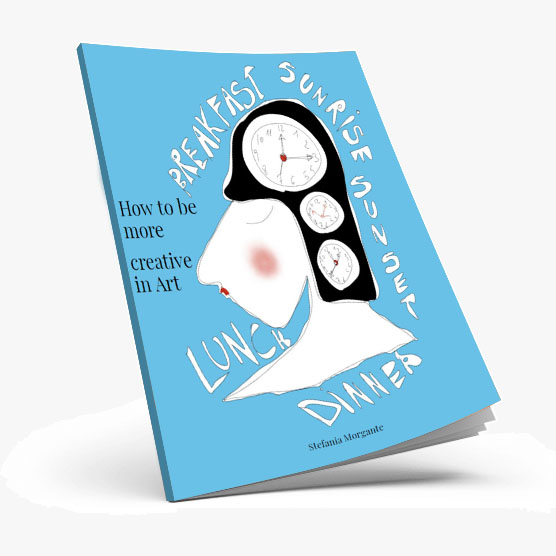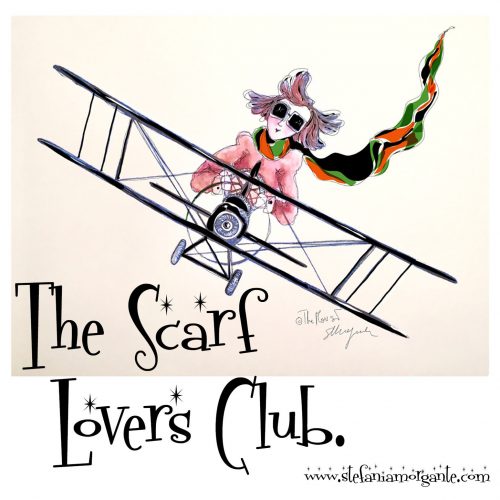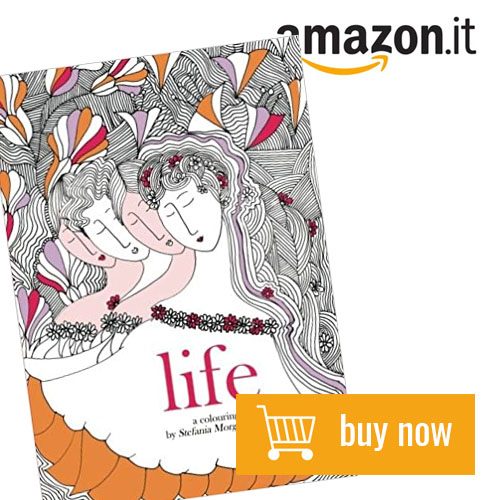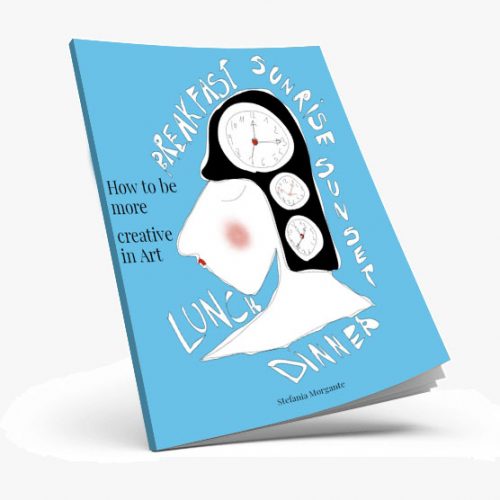The importance of a space.
How do you choose a space to create?
More importantly, how important is a place for creation?
A physical place, the walls and windows that perimeter a space are first and foremost something mental.
Light, temperature, environment are important.
But even more important is to think of a space that contains the artist’s ideas and actions.
Because it is in the studio that the works are created and therefore a work of art needs a place to be born.
The importance of the studio to an artist.
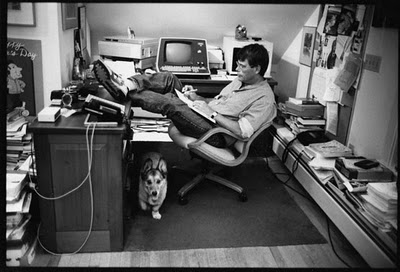
In his autobiography, Stephen King describes the importance of having a corner, a place where you can create, where you can tell the rest of the world “don’t bother”.
A desk, a little piece of space where you can close the door and seclude yourself from family and society.
King writes: “…only one thing really necessary: a door you are willing to close. It’s a way of telling yourself and the world that you’re not beating around the bush: you’ve made a commitment of the utmost importance and you don’t want to come across as a braggart“.
Blinds closed, doors closed, no distractions (PCs, emails, phones).
This almost monastic solitude does not only belong to writers, but to anyone who is creating something.
You need to isolate yourself in order to concentrate.
Jackson Pollock’s studio.
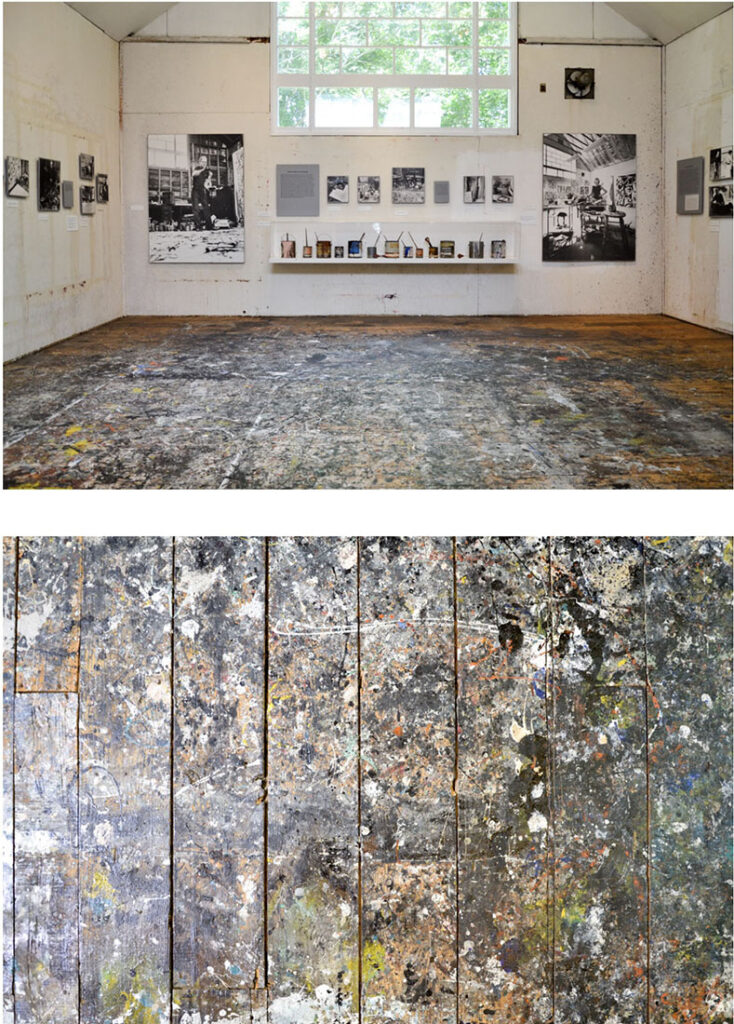
Two hours from Manhattan (New York), there is a wooden barn house overlooking Accabonac Creek.
In 1945 it was Peggy Guggehneim who advanced three thousand dollars to purchase the property.
Pollock and his wife Lee Krasner, also a great artist, settled there.
Krasner later turned the house into a museum and today you can tranquilizingly visit it.
The barn became Jackson Pollock’s studio and it was here that he perfected his famous dripping technique: he spread his canvases on the floor and painted.
In that enormous space, Pollock thus initiated the action painting that made him famous throughout the world.
“My painting doesn’t spring from the easel. I prefer to fix the unstretched canvas on the hard wall or floor. I need the resistance of a hard surface. On the floor I am more comfortable. I feel closer, more a part of the painting, because that way I can walk around it, work from the four sides and literally be ‘in’ the painting.”
Arguably, his large canvases and dripping technique would not have had the same freedom in a smaller space, or in the chaos of New York City.
For those who visit his studio, they can safely look at the floor as if it were a work of art.
The drips of color protracted over time make it a layering of Pollock paintings.
The space here becomes an integral part of the artwork.
Francis Bacon’s studio.
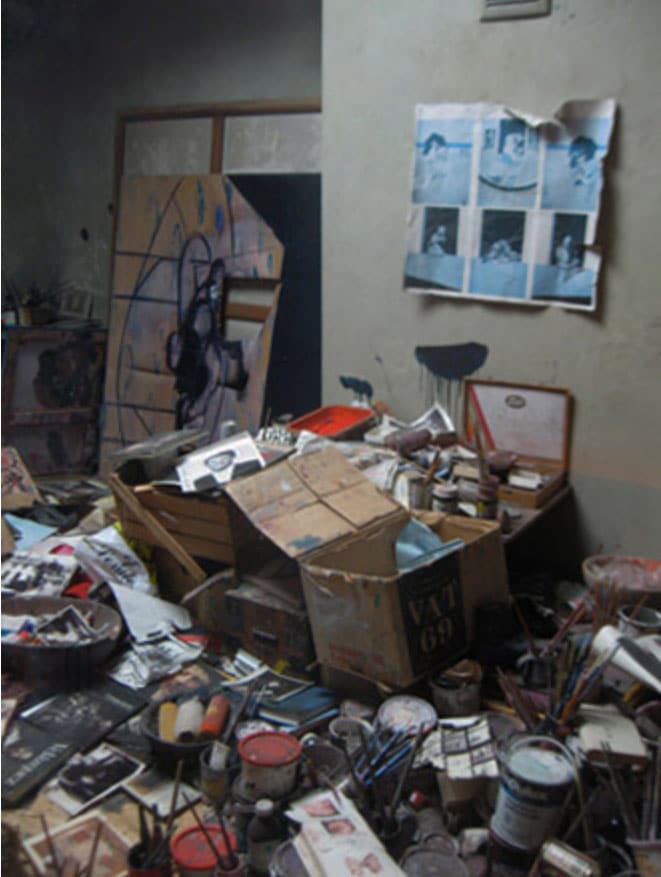
Artist who gave voice to despair, to human anguish.
Perhaps the most introspective and inquisitive among contemporary artists, Bacon did not like light, large spaces, order, emptiness.
The painter, although he traveled a lot, lived in London and changed several homes: first at 17 Queensberry Mews West, then at 7 Cromwell Place, then in different places around the city until finally arriving at 7 Reece Mews in the fall of 1961.
His last studio was modest, a few feet in size with a sloping roof, located in a cobblestone alley in South Kensington.
Upon his death, his sole heir, artist John Edwards, had it dismantled and rebuilt in Dublin, where he was born.
More than 7000 objects were found.
Scraps of fabric, drips of color, bottles, books, catalogs, newspaper clippings.
The first impact is incredible.
Chaos reigns and you walk on top of the most disparate objects.
But it was Bacon’s space, his nest, where evidently in the chaos and disorder he found his extremely personal path.
On one of the shorter sides of the studio there was a mirror that bounced off the shapes of the objects and widened the artist’s field of vision.

It was an apparently superfluous element since it instead broke down the forms and perhaps suggested to Bacon distortions, formal inconsistencies and overlapping perspectives typical of his painting.
Would he have done the same in another place?
Perhaps not, in fact he remained in that studio for over thirty years, until his death
The home-studio of Frida Kahlo and Diego Rivera.
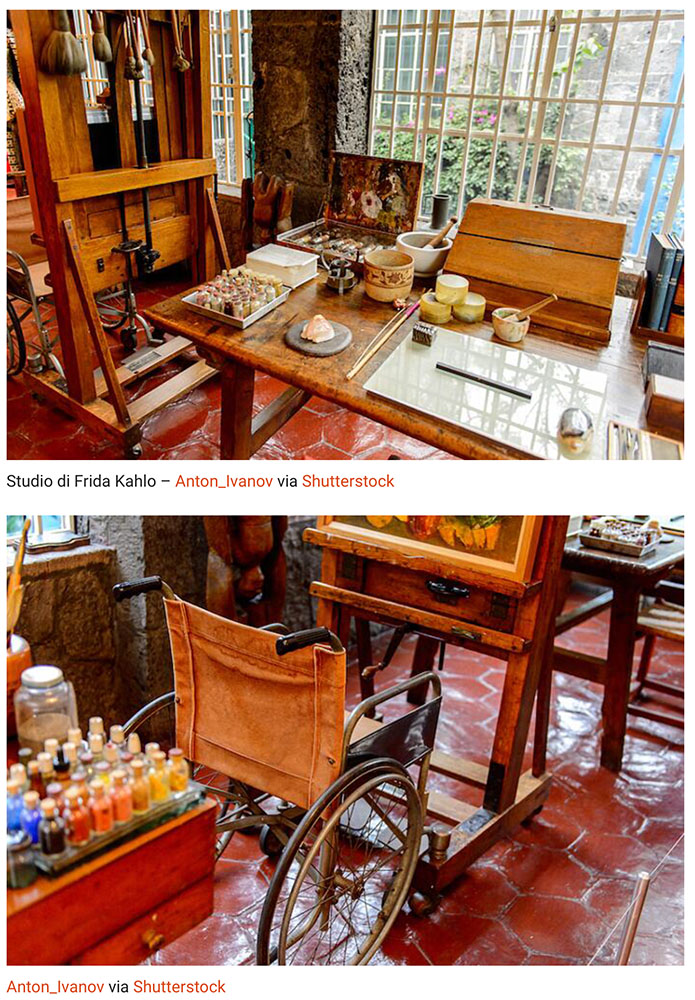
In this case, the living space the form performs its function.
It also becomes itself a work of art.
The house was designed by Juan O’Gorman in San Angel in Mexico City.
He said of the construction: “…it caused a great sensation because never before had a construction been seen in Mexico whose form was totally derived from function“.
Rivera himself said about the house commissioned to O’Gorman: “a thing built strictly on functional criteria is also a work of art“.
The house is actually a block of two houses joined by a footbridge.
The latter a very strong symbol as it separates and unites at the same time, as was the relationship between the two artists.
The footbridge is a bridge to communicate but also an interruption.
The path is articulated: you have to go up through external stairs to the terrace, pass from one body to the other exposed to the sun or to the weather and reach the daily spaces of the other.
This house-studio will not be the last for Kahlo.
She would return to her family home, Casa Azul in Mexico City, where she died in 1954.
Here memory and future are intertwined.
The space becomes a childhood memory and a safe place to create her last works.
Kahlo’s artistic studies are linked to traditions, they reread the artist’s personal life and at the same time they are open to politics, culture and history.
The art here is densely populated by the rich inner life of the artist.
The Artistic Home of Giacomo Balla.
The house recently opened to the public was the family home.
It is a true work of art and a place of experimentation.
Walls as paintings, furniture as design research, decorated utensils, paintings, sculptures.
The place of research is the house and in the house.
Here is the temple of color, of dynamism, of the search for movement. A house as a work of art, as the artist’s palette.
Balla thinks of the living space as an artistic studio.
It is evident that the space for an artist is closely related to his profession.
And it could not be otherwise, how can one define where private life ends and creation begins?
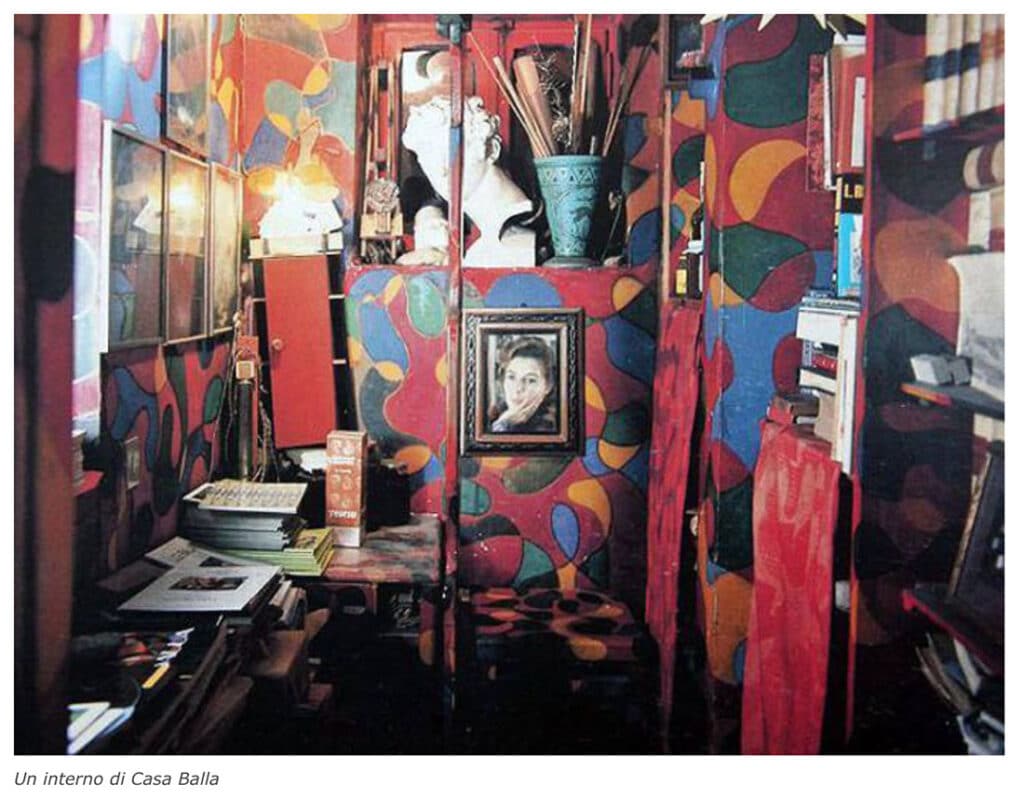
Do you want to be always updated on my blog, on my creations?
Click on the button below and subscribe to the Newsletter.
Every week thoughts, ideas, reflections and gifts.
